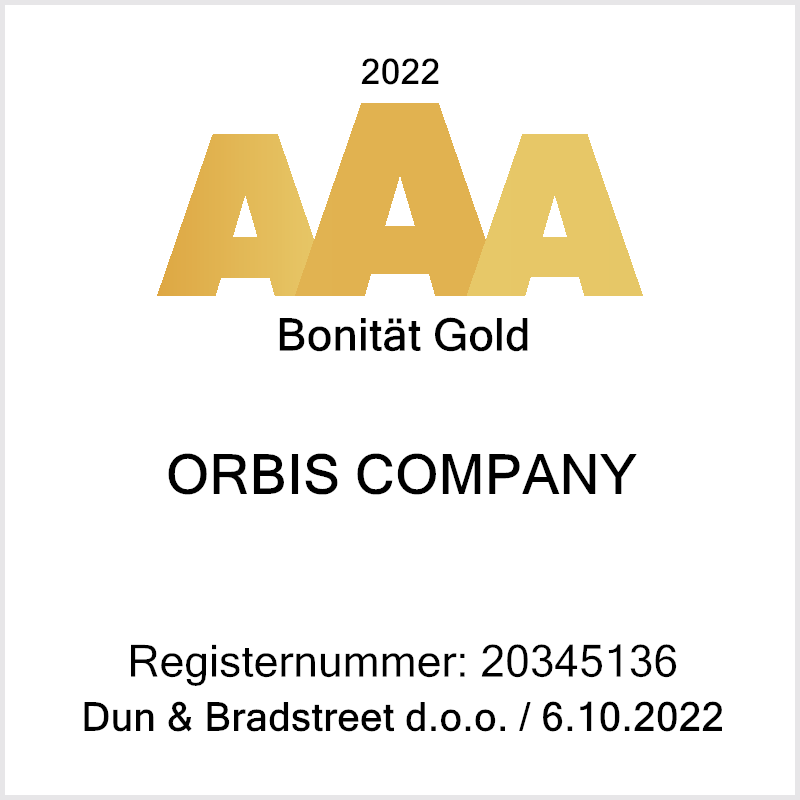Day I –
Entrance to the Globus hotel is at 3:00 p.m., and until then the agency takes us on a panoramic tour of the city, which provides an informative tour of some sights.
The Prague metro has three lines (red, green, yellow). The closest metro station to the hotel is Roztyly (red line). After the holiday accommodation, I suggest going to the city around 17.00, to the central zone of today’s Prague, Novi grad (Nove mesto) by metro to the National Museum, i.e. the Museum station. The construction of the New Town was started in the 14th century outside the city walls. We walk along the entire central boulevard of Vaclavska Namesti (one part may be under reconstruction), to Na Prikope Street, where there used to be a canal, a moat (in Czech – prikop) around the city walls, and on the corner from Vaclavska Namesti there was a bridge (Mustek)

There we enter the old city center, which is the plan for the next day, and now we continue along 28. rijna street (October 28, 1918 is the day of the founding of Czechoslovakia), then Jungmann Street (monument – Kafka’s head, Adria Palace – example rondocubism) to Charles Square and the former town hall (Novomestna radnice). We continue along Resslova Street next to the Orthodox Church of St. Cyril and Methodius where we exit to the Vltava next to Tančici dum (dancing house), designed by Frank Gehry. The whole walk is about 2-2.5 km. Leisure. There are numerous pubs, restaurants, beer halls nearby. The cult pub “U Flek”, founded in 1499, is a 10-minute walk from there.
Day II –
On Friday we will go to the old city center on the right bank of the Vltava. These are the parts of the city historically known as Stare Mesto (old town) and Josefov.
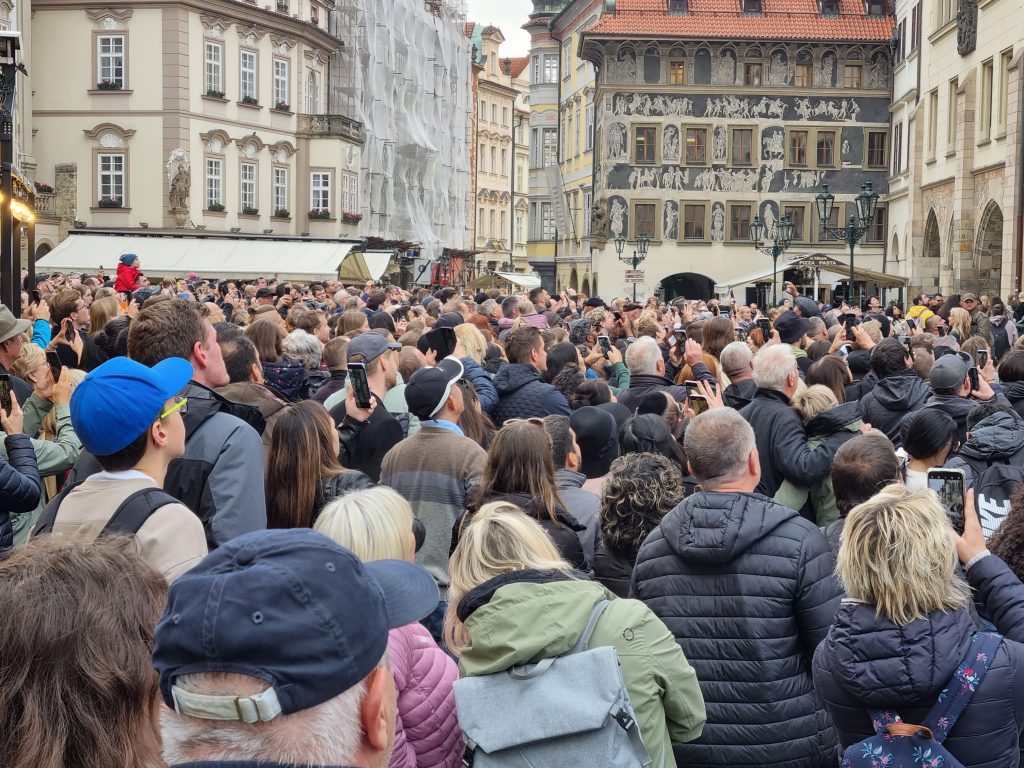
We take the red metro to the Museum station and change to the green metro, just one stop to the Mustek station. There, at the site of the former bridge, we cross into Stare Mesto, a medieval town that was surrounded by walls and a canal and is today considered the most attractive part of Prague. We go on foot to Staromestna namesti, where, among other things, there are the old town house with an astronomical clock (15th century), as well as the church of Our Lady of Tinska (Gothic 14th century, but baroque interior), and then through Mala namesti and through the alleys to Karlovo bridge, and then to the Jewish quarter.
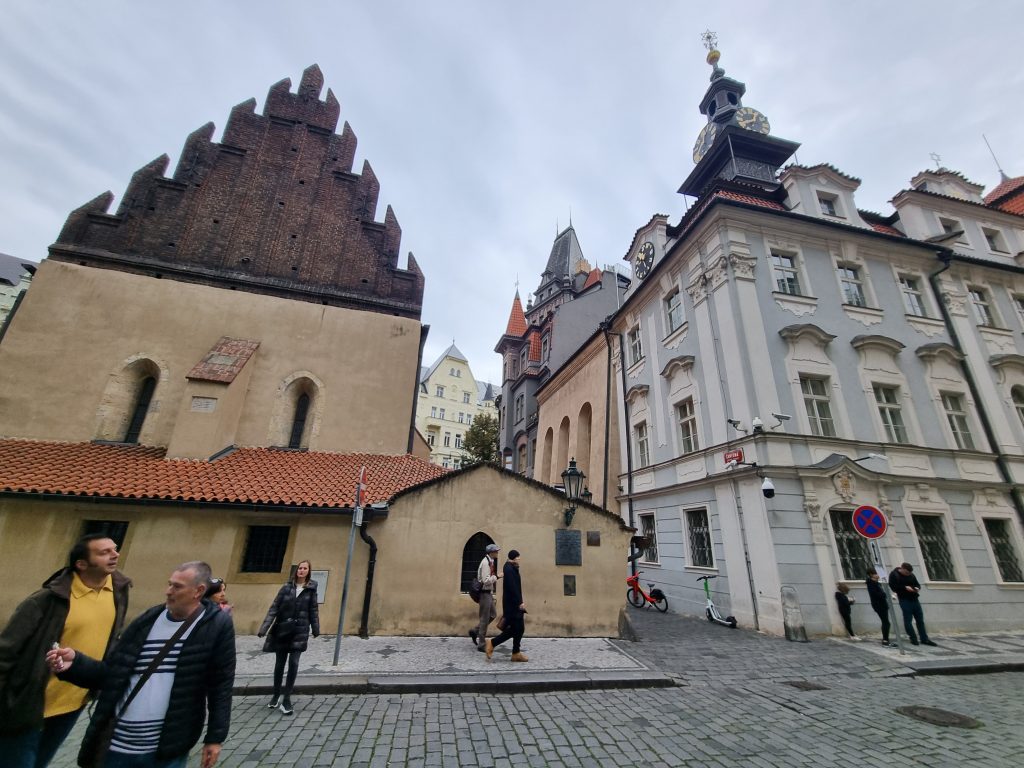
Josefov is a Jewish quarter, named after Emperor Joseph II (like, for example, in Budapest – Jozsefvaros, or in Timisoara – Iosefin). Although the Nazis did not destroy the Jewish heritage in Prague, there is not much left of the old Jewish ghetto, due to several urban reconstructions started in the past. The old Jewish cemetery and some old synagogues are interesting.
The newest is the Spanish Synagogue, which, although not Sephardic, was built in the Moorish style. There is also a museum of alchemy – Speculum Alchemiae. Prague was the world center of alchemy, especially during the era of Emperor Rudolph II (16th and early 17th century), who financially supported early modern science, but also alchemy and all occult disciplines, and was also the owner of the most mysterious book in the world – Voynich manuscript. In his time, Prague, not Vienna, was the capital of the Habsburg Empire.
Leisure. Exploring the old town is recommended. Shops are open, and there are many pubs and restaurants in the area, but prices in the Old Town can be obscenely high.
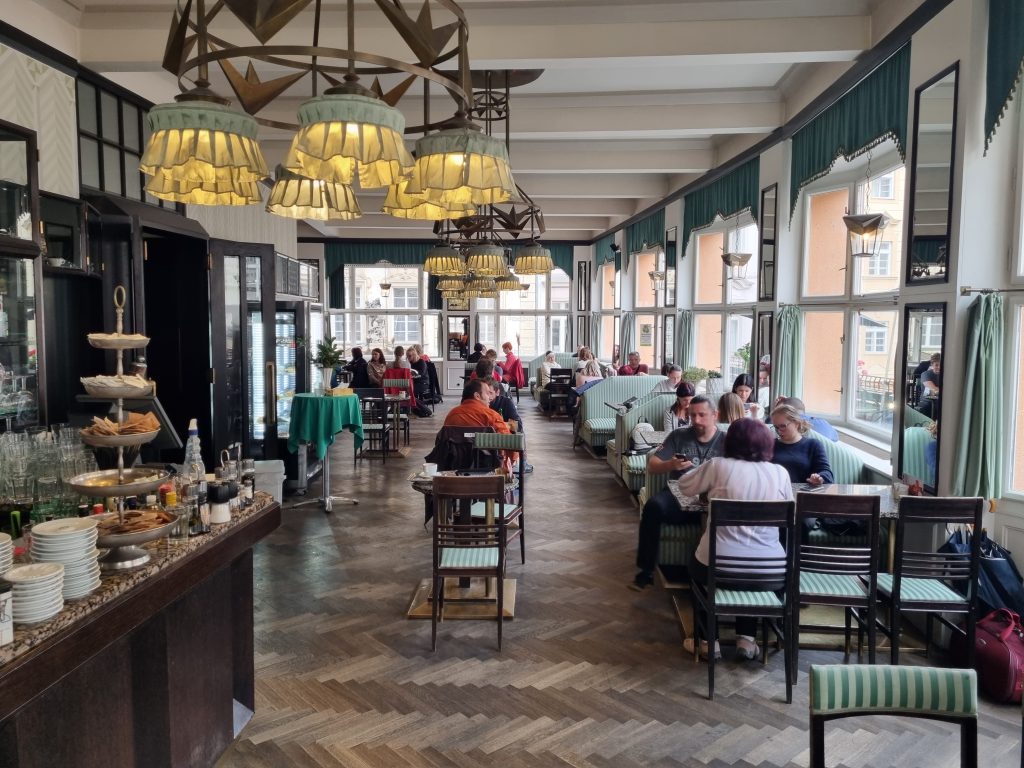
Day III –
After breakfast, we go first to the “Church of the Most Sacred Heart of Our Lord” (Modernism, 1932). Take the red line to the Museum station, then change to the green line to the Jiriho z Podebrad station. The church was designed by the Slovenian architect Jože Plečnik, who is a kind of legend for Prague and Ljubljana. There is also a famous market nearby, which is an opportunity to see what the Czech peasants have to offer.
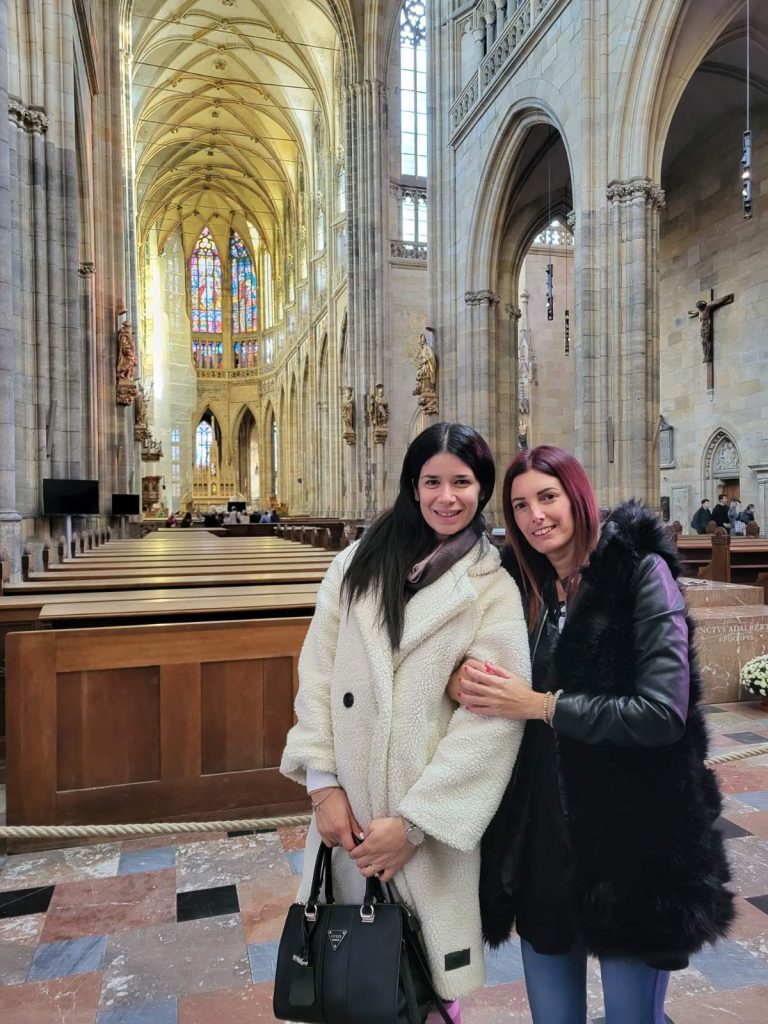
Half an hour to the market, then we take the green line to the Staromestska station, in order to cross the Charles Bridge on foot to the left bank of the Vltava – Mala strana. Although Mala strana was founded in the 13th century, due to a later fire and reconstruction, Baroque architecture prevails. We go along Mostecki Street towards Malostranske Namesta. Nearby is the Lennon Wall, on which, during the Cold War, graffiti was used to express resistance to the Czechoslovak and Soviet authorities, but today it is no longer of much interest.
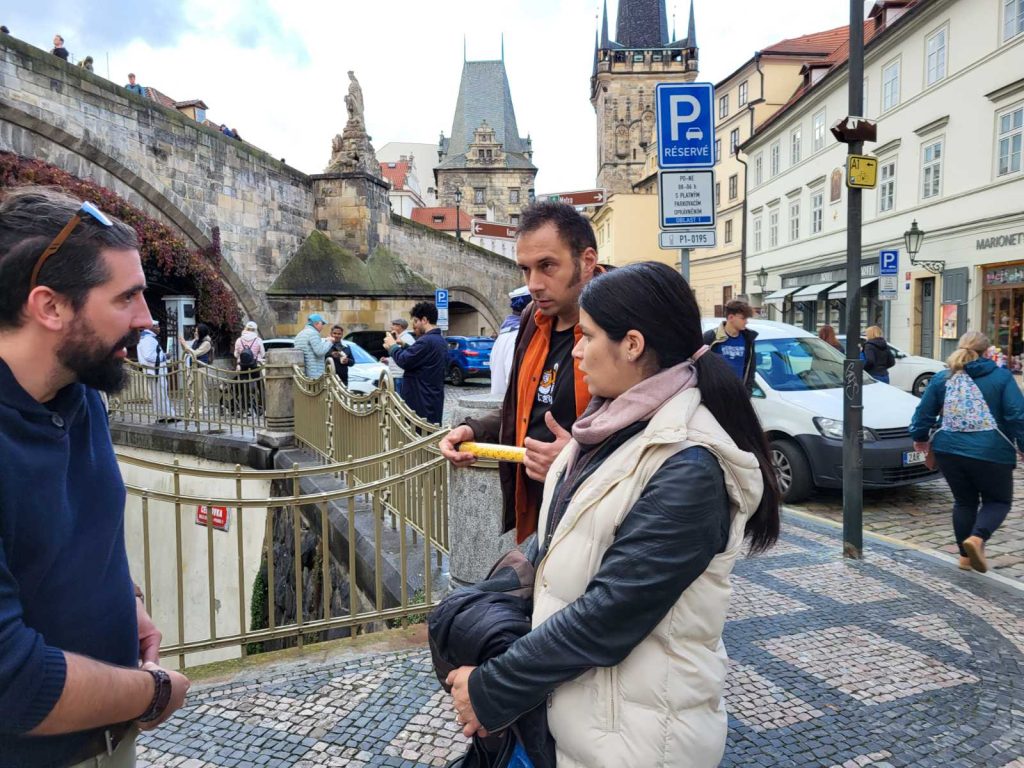
From Malostranska namesti, go uphill along Nerudova street to Hradčanska namesti, that is, Hradčany, the part of the city around Prague Castle. Entrance to some parts is paid, including the church of St. Vitus and Golden Street, which has been preserved in its original appearance, and where goldsmiths and less wealthy citizens lived. Kafka briefly lived in one of the houses in Zlatna Street.
Leisure. There are many pubs and restaurants with sausages and potatoes on the Malja Strana, often in a mystical-dark atmosphere. In this spirit, there are medieval-style taverns, such as “at the Seven Swabians” and “at the King of Brabant”, as well as the “Nightmare” horror pub with zombie memorabilia.
Day IV –
Check-out from the hotel is at 9. The Czech Republic boasts that it is the only country in the world where cubist architecture exists. It later evolved into “Rondocubism”, which is truly unique to the Czech Republic. To get acquainted with it, we take the red line to the Florenc station, and then walk along Porich Street, next to the Legiobanka building, designed by Jozef Gočar, which is a good example of Rondocubism.
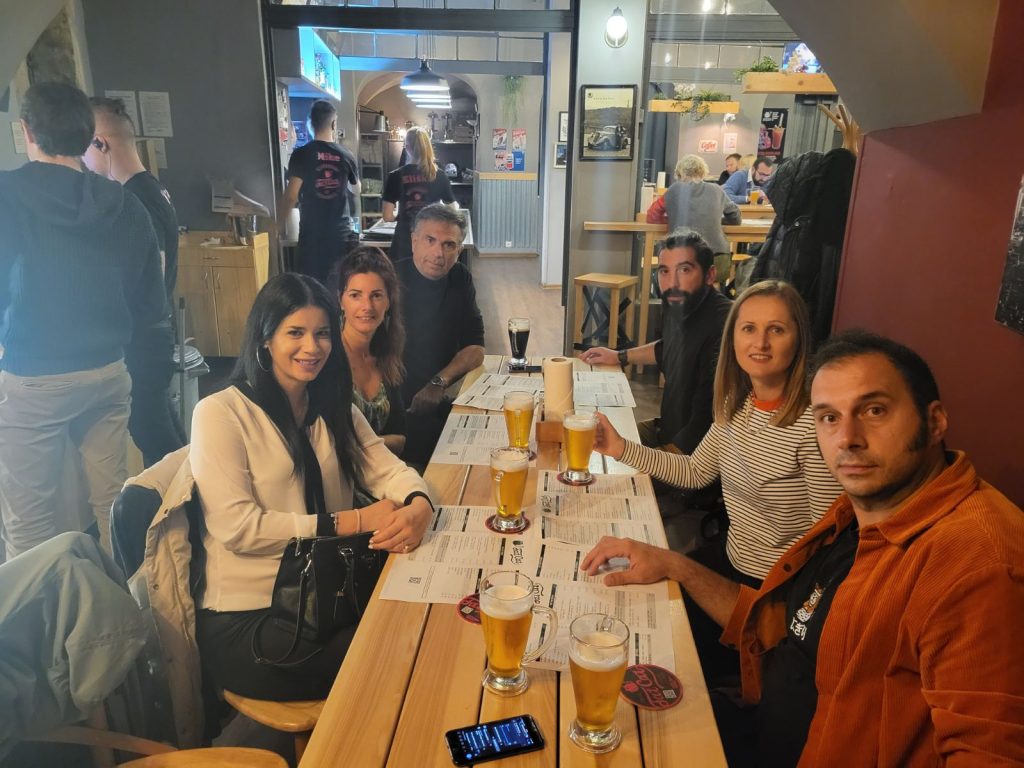
Then we walk to the Republic Square (Namesti Republiky) so as not to miss the attractive Baroque building Dust Dam, and then to the building known as the “House of the Black Madonna”, which was also designed by Jozef Gočar and which started the period of “cubist architecture” in the Czech Republic. In the Grand Cafe Orient, on the first floor in a cubist interior, I serve coffee. The building should also house the Museum of Cubism.
After that – free time. Museums are open on Sundays. In this respect, Prague is incredible, it has dozens, in fact, certainly over a hundred museums, among others: the Museum of Medieval Torture and Torture Devices, the Museum of Communism, the Museum of Illusions, and museums of alchemy, the KGB, beer, plum wine, Franz Kafka, Alphonse Mucha, sexual devices, chocolate… Something for everyone on a Sunday autumn afternoon.
Departure for Novi Sad in the late afternoon.
